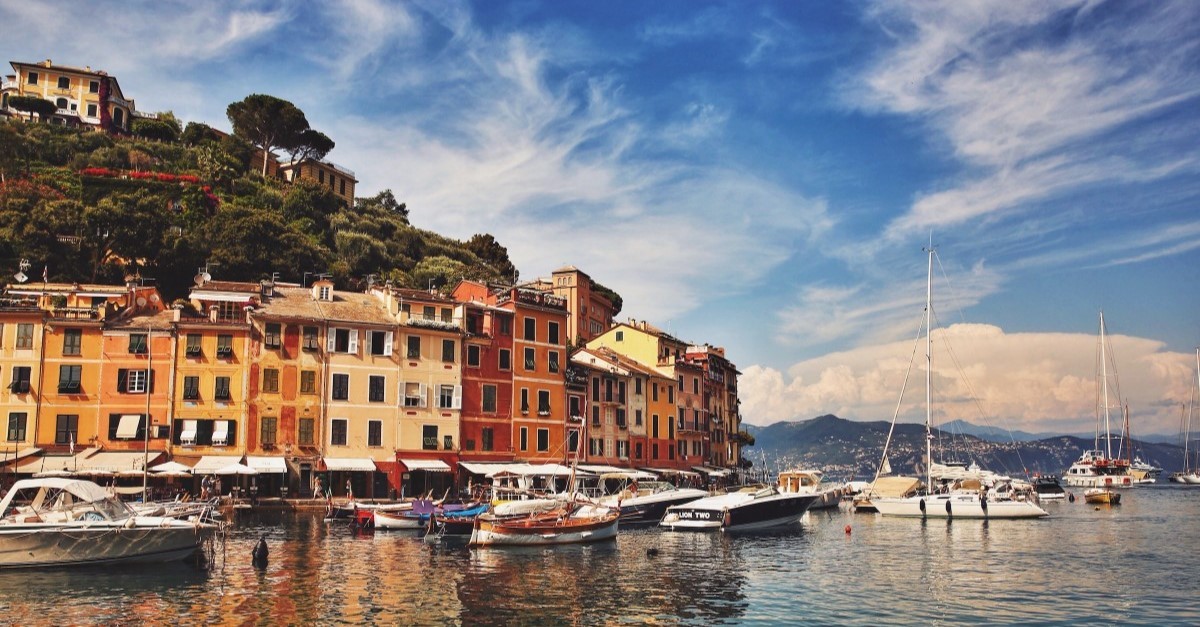
Italy’s UNESCO World Heritage cities in Italy serve up hill towns with frescoed basilicas, elegant medieval centres, grand merchant palaces on marble-lined streets and cave quarters cut into honey-coloured rock.
Italy’s most beautiful UNESCO sites
Italy holds more UNESCO World Heritage sites than any other country on the planet. The list covers ancient archaeology, medieval and Renaissance urban centres, baroque ensembles, and other, more underrated UNESCO sites.
For travellers, that breadth means short city breaks visiting Italy's top 10 World Heritage sites, with museum-grade art around every corner, plus easy links to vineyards, coastlines and national parks on the same trip.
Assisi
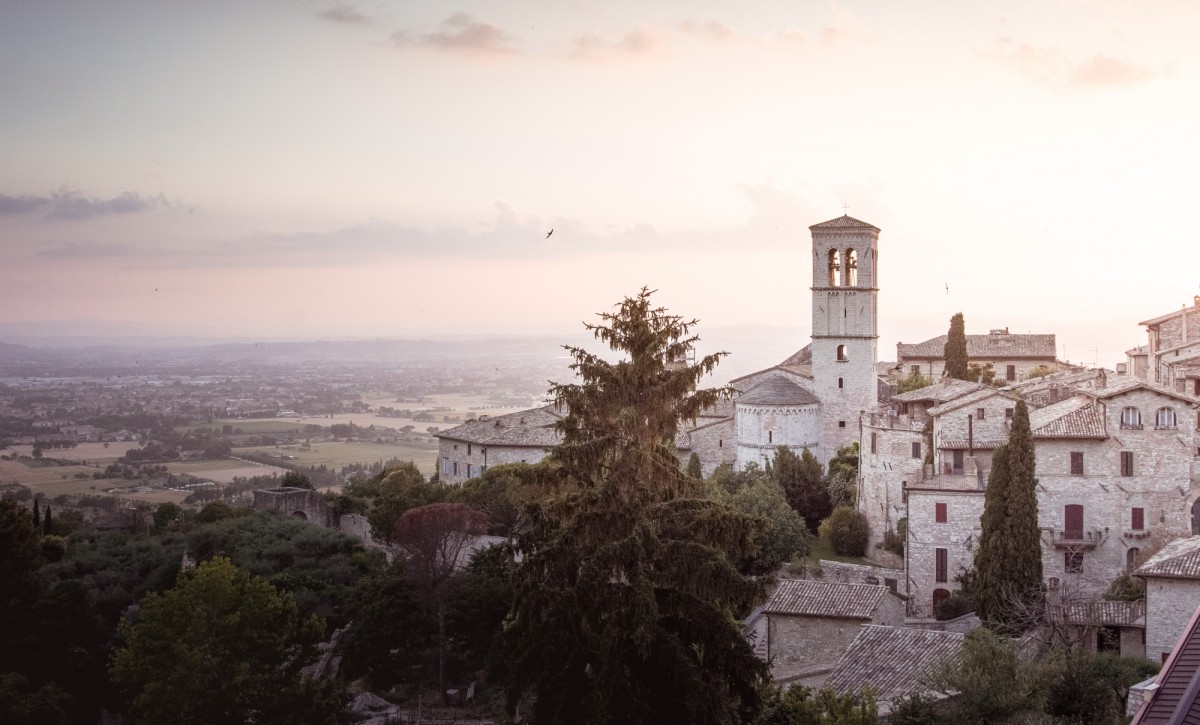
Assisi is recognised for the Basilica of San Francesco and the historic centre that grew around the life and legacy of Saint Francis. The Upper and Lower Basilicas hold extraordinary fresco cycles by Giotto, Cimabue and the Lorenzetti brothers. The pink limestone of Monte Subasio gives the streets a soft glow at sunrise and dusk. Pilgrimage has shaped the town’s rhythm for centuries, so it still feels contemplative even on busy days.
Beyond the basilicas, wander to Piazza del Comune with its Roman temple facade, then up to Rocca Maggiore for views across the Umbrian valley. Down in the plain sits the Porziuncola chapel tucked inside the vast church at Santa Maria degli Angeli, a humble space linked to Franciscan history.
Verona
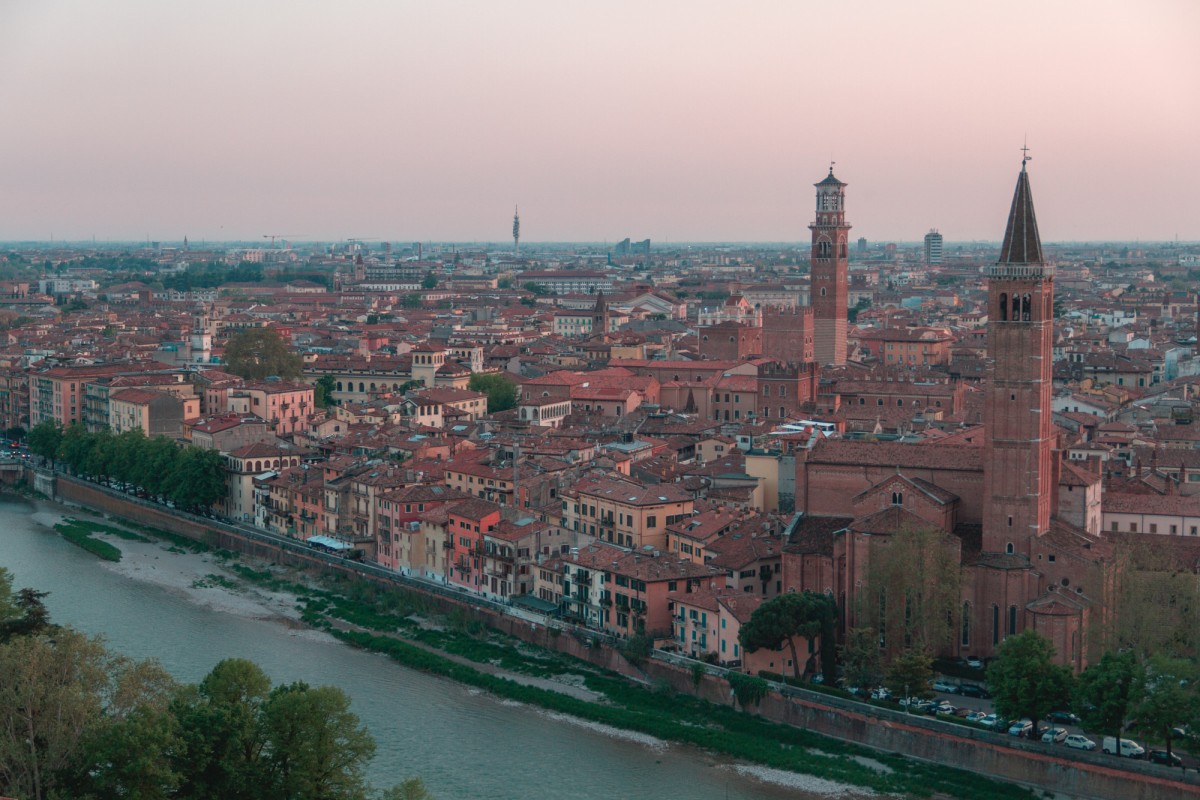
Verona’s historic centre is listed for an urban fabric that layers Roman, medieval and Renaissance eras without losing coherence. The Roman Arena still anchors city life, and streets built on the Roman grid knit into squares lined with frescoed palazzi and market stalls. It’s an easy city to read on foot, with the Adige River looping round like a natural moat.
Highlights start with the Arena and continue to Piazza delle Erbe, Ponte Pietra and the Roman Theatre on the far bank. The San Zeno complex is a beauty for Romanesque fans, and there’s the small matter of Juliet’s balcony lore, a 20th‑century invention that became part of the city’s modern identity.
Ragusa
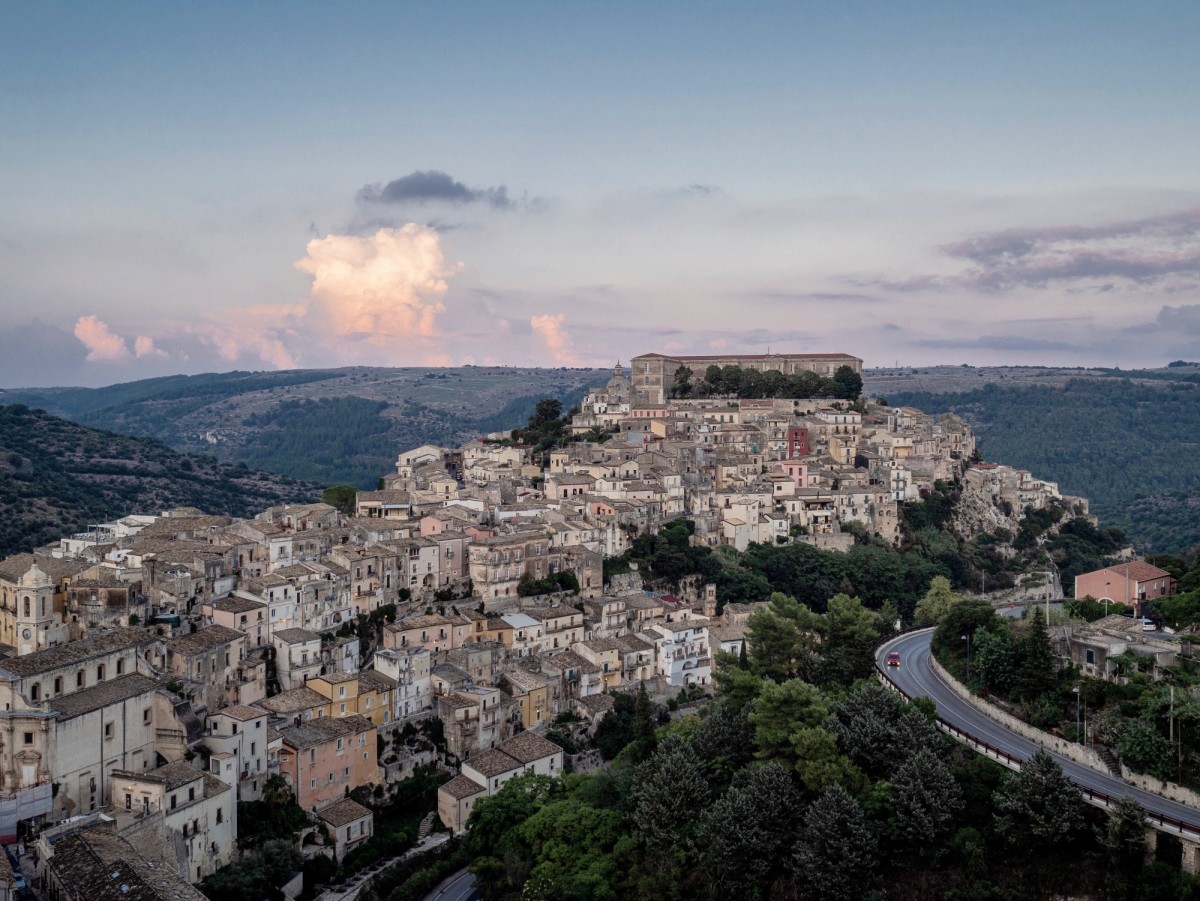
Ragusa in Sicily forms part of the UNESCO listing for the Late Baroque Towns of the Val di Noto, rebuilt with flair after the 1693 earthquake. The split personality of the place is half the charm: Ragusa Superiore up on the plateau and Ragusa Ibla in the valley, a tangle of lanes and stairways crowned by the dome of San Giorgio.
Start in Ibla for the classic postcard views, then hop to San Giovanni in the upper town and out to the neo-Gothic whimsy of Castello di Donnafugata. Food is a headliner here, with chocolate traditions nearby in Modica and rich Ragusano cheeses.
Genoa
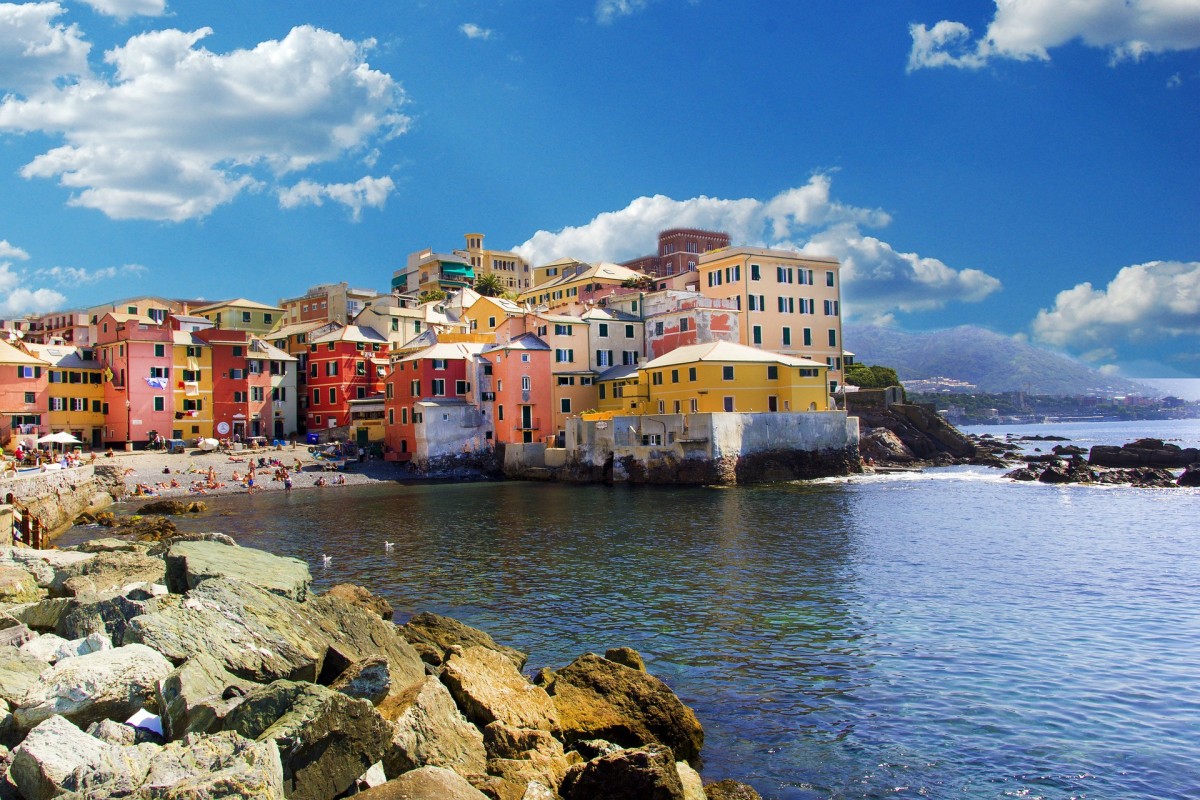
Genoa’s UNESCO site, Le Strade Nuove and the Palazzi dei Rolli, celebrates a network of grand 16th–17th‑century palaces used to host state guests of the Republic. The Rolli system created an official list of noble residences, many of which still line Via Garibaldi and neighbouring streets, showing off the maritime wealth that once flowed through this port.
Several palazzi operate as museums today, like Palazzo Rosso, Palazzo Bianco and Palazzo Tursi, with staircases and frescoed salons that feel straight out of a Caravaggio backdrop. Away from the showpieces, the caruggi (narrow alleys) lead to tiny wine bars and focaccerie; keep an eye out for basil-laden terraces and the scent of pesto pounding in marble mortars.
Siena
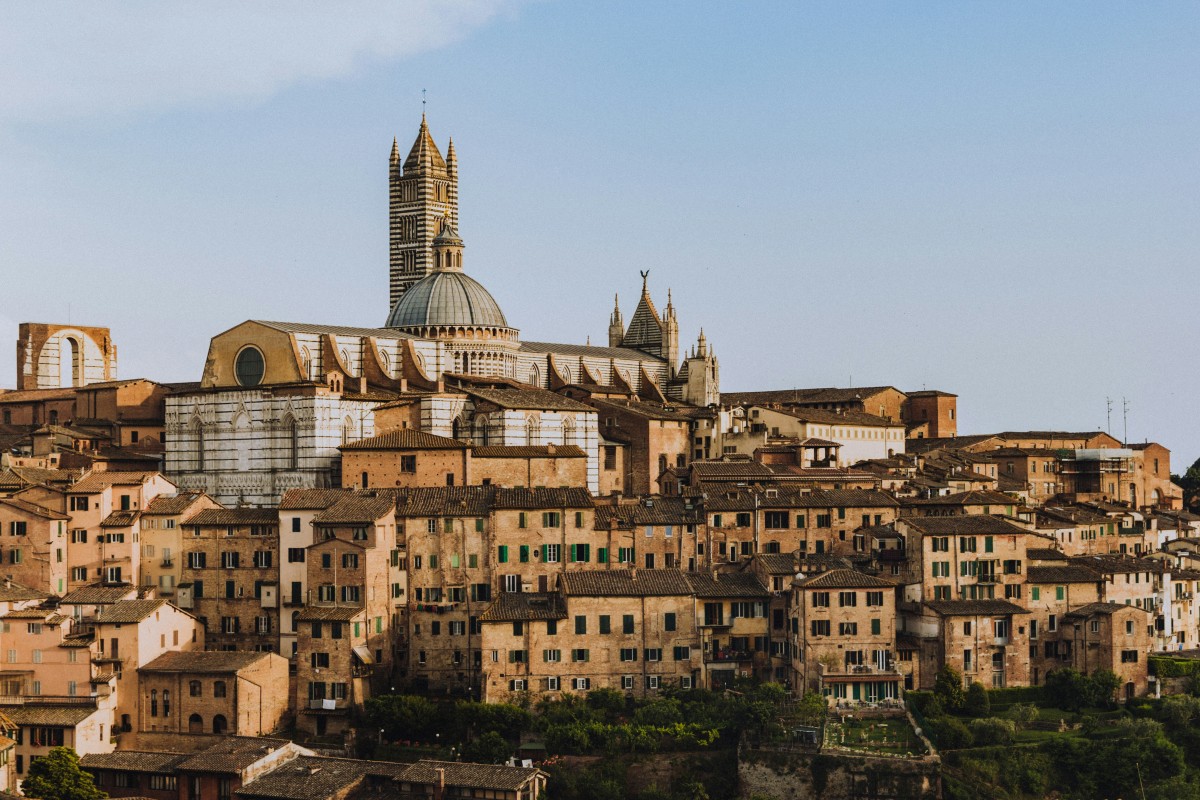
Siena is listed for an exceptionally intact medieval cityscape centred on the shell-shaped Piazza del Campo and the Gothic Duomo. Banking power and a fierce rivalry with Florence shaped its growth, and the city’s contrade (neighbourhoods) still define identity down to banners, fountains and friendly competition.
Climb the Torre del Mangia for a hawk’s‑eye view of terracotta rooftops, then slip into the Duomo’s striped marble interior and the Piccolomini Library’s vivid frescoes. The Palio horse races in July and August are the headline tradition, but quieter months reveal details in artisan workshops and sweet shops selling Italian sweet treats like panforte and ricciarelli.
Matera
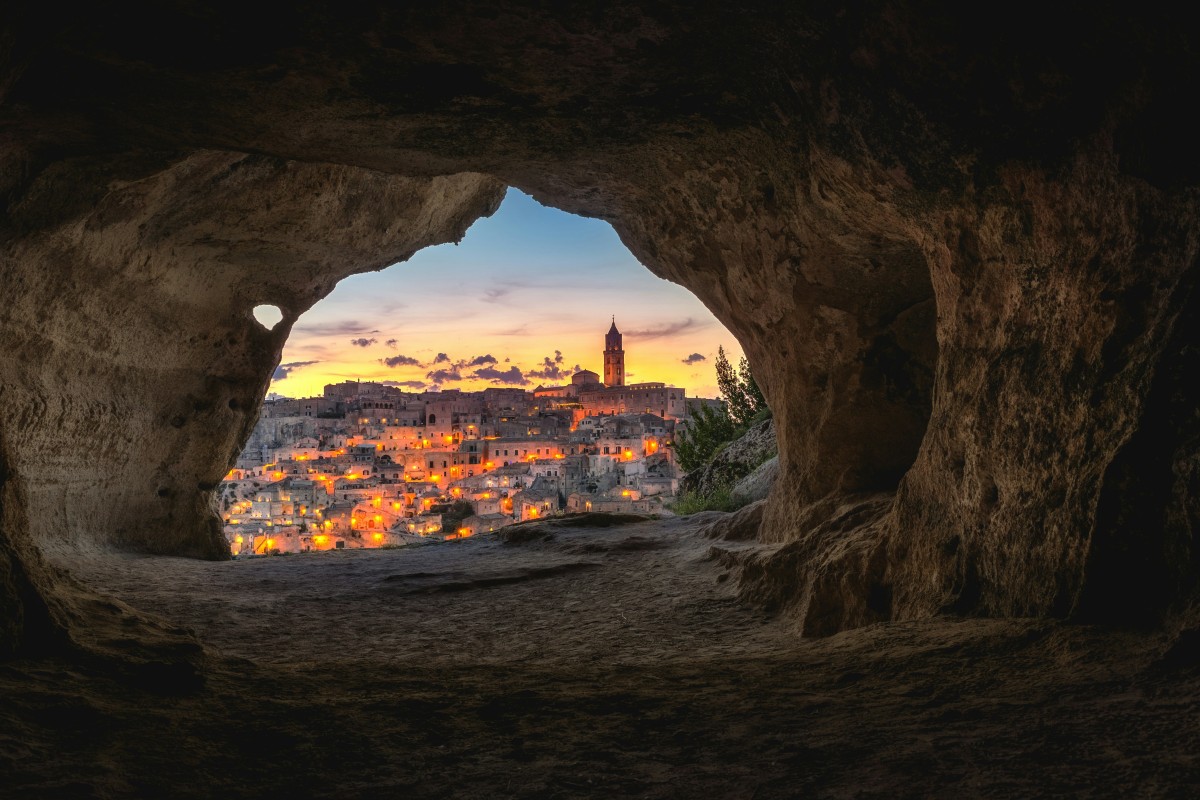
Matera’s Sassi districts and rupestrian churches earned UNESCO status for a cultural landscape carved into the ravine. Families lived in cave dwellings here for centuries. After mid‑20th‑century clearances and later restoration, the Sassi returned as lived-in neighbourhoods with a strong sense of place.
Walk the ridgelines of Sasso Barisano and Sasso Caveoso, duck into a Casa Grotta to see historic domestic spaces, then cross to the Murgia park for a view back across the gorge at golden hour. Film buffs will spot locations used in The Passion of the Christ and a recent Bond chase, while design fans will clock how old limestone vaults now house contemporary galleries and cafés.
Stay inspired for your travels in Italy —get our weekly newsletter for the latest travel, legal, and lifestyle news.
